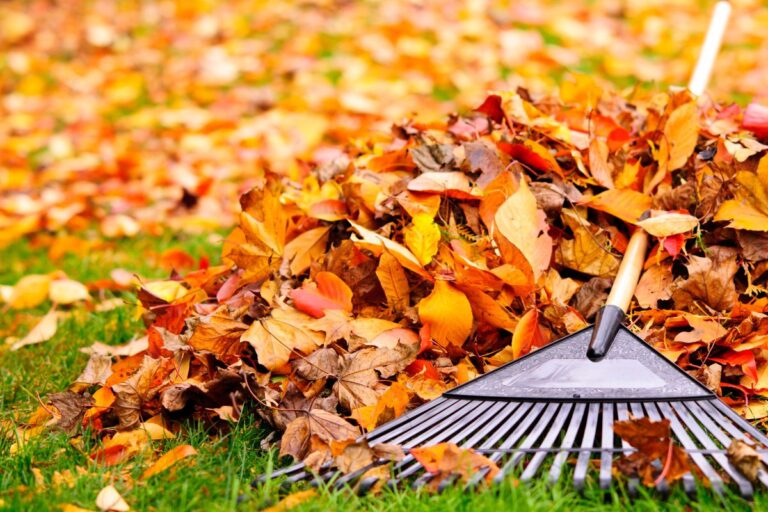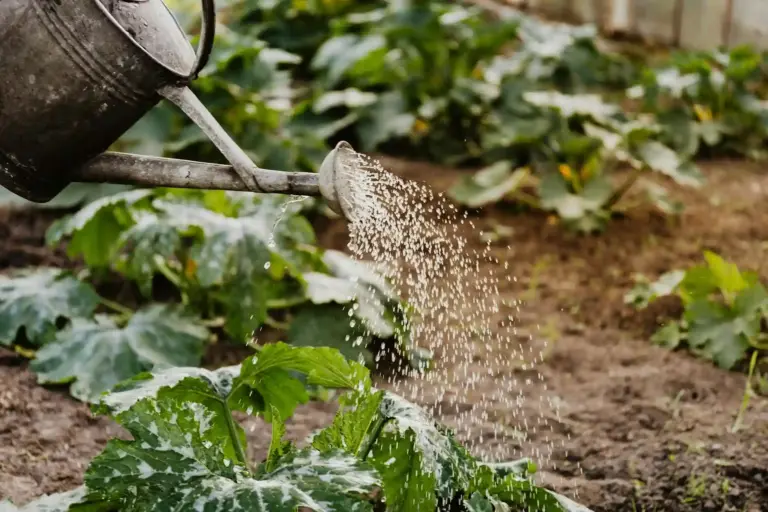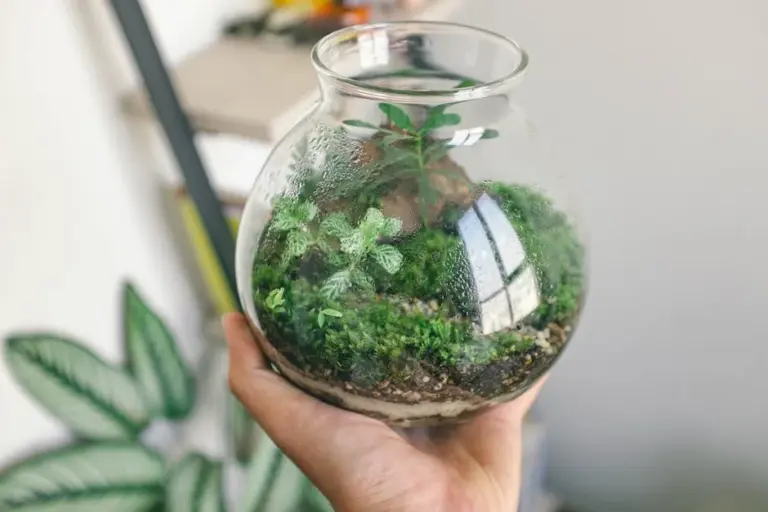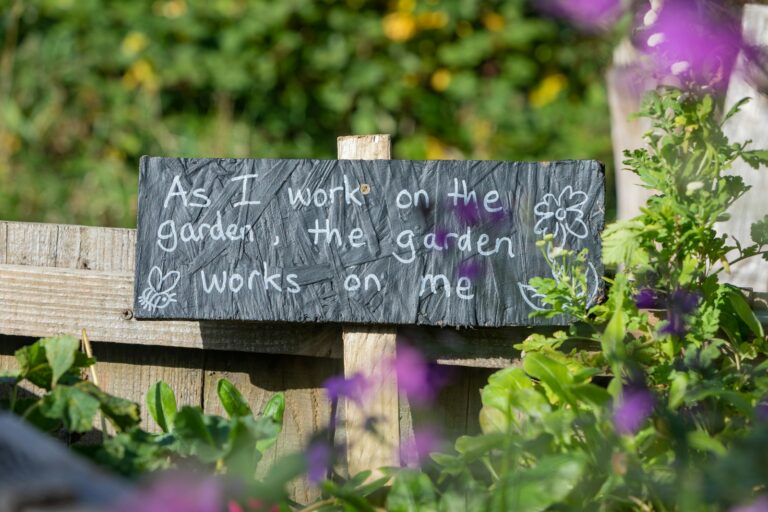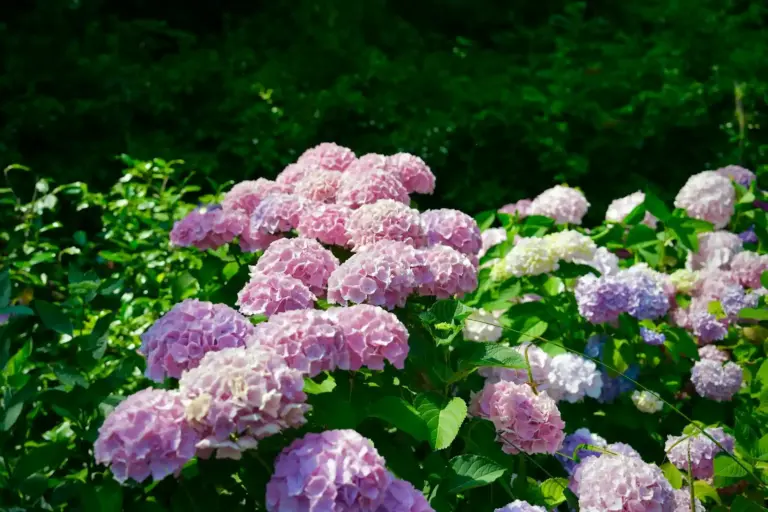Simple DIY Leaf Mulch: Turn Autumn Leaves Into Garden Gold Easily This Fall
If you have a yard full of fallen leaves every autumn, you’re not alone. Instead of bagging them up for trash day, you can put those leaves to work in your garden.
Fallen leaves are more than just a seasonal chore. With a few easy steps, you can transform them into mulch that benefits your plants and saves you money.
Gather dry autumn leaves from your yard
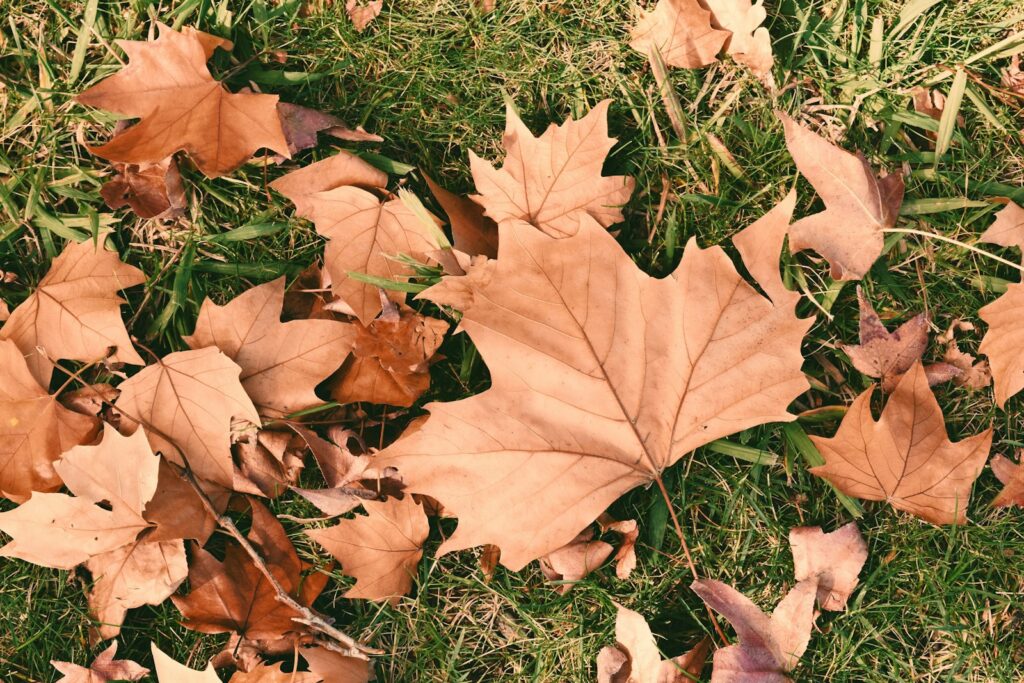
Start by collecting dry leaves from your yard. Dry leaves break down faster and make better mulch for your garden.
Wet or damp leaves can clump together and may develop mold. You can rake leaves into piles or use a leaf blower to gather them in one spot.
Try to avoid leaves that are wet, slimy, or mixed with too much dirt. These can slow down the mulching process.
If you have a lot of leaves, consider gathering them over several days when they stay dry. Once you have your dry leaves, you can move on to shredding or chopping them.
Use a lawn mower or leaf shredder to chop leaves finely
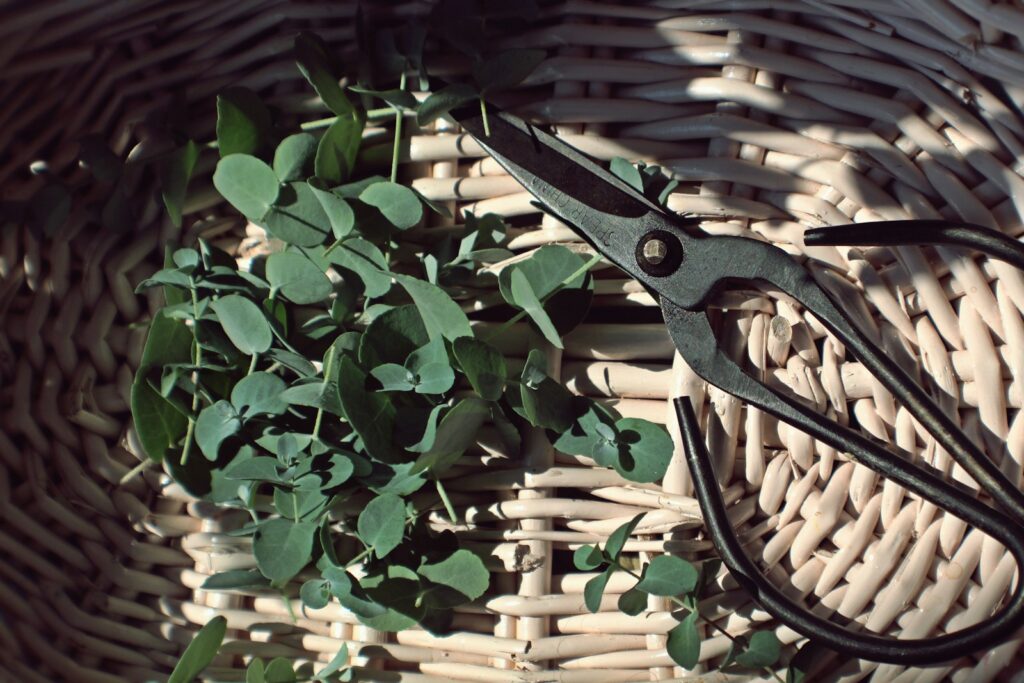
Run your lawn mower over the leaf piles to shred them into smaller pieces. A mower with a mulching blade chops leaves finely and evenly.
If you have a leaf shredder, it can make the job even quicker. Finely shredded leaves create a more uniform mulch that is easier to spread around your garden.
When leaves are shredded well, they don’t clump together as much. This helps air reach the leaves and prevents them from compressing too tightly.
You don’t need fancy equipment to mulch leaves well, but a mower or shredder really helps. Using these tools turns leaves into a useful garden resource instead of extra yard waste.
Avoid leaves from diseased plants to keep mulch healthy
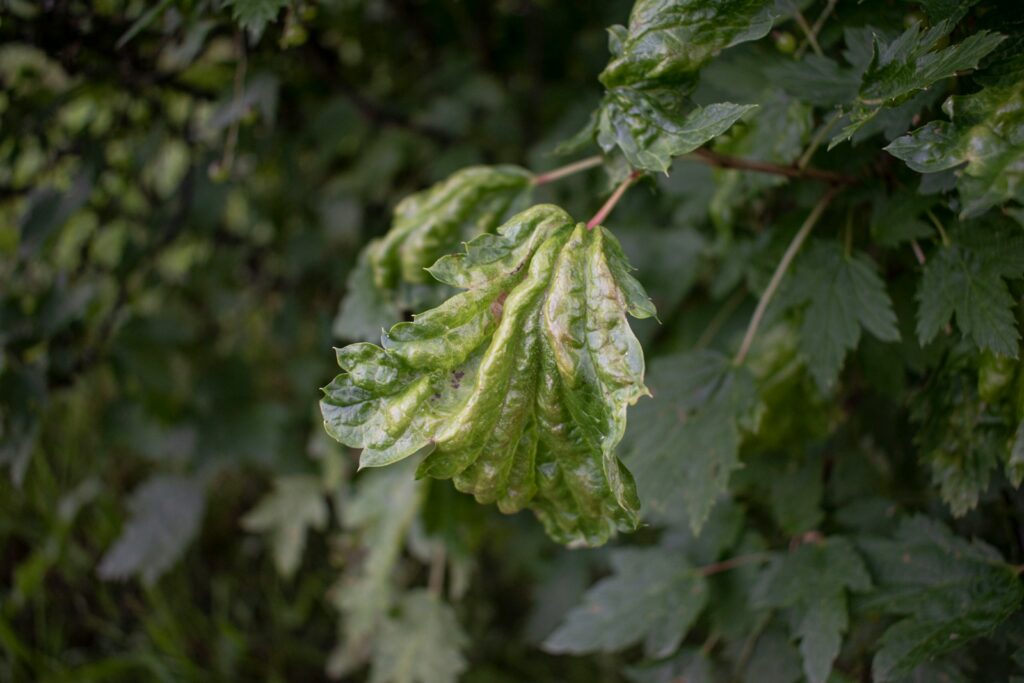
Skip any leaves that come from sick or damaged plants. Leaves with spots, mold, or unusual colors might carry diseases that can spread in your garden.
Check your leaves before adding them to your pile. If you notice any signs of disease, dispose of those leaves safely.
Keeping only healthy leaves ensures your soil stays clean and full of good nutrients. This simple step makes your leaf mulch safer and better for your plants.
Mix shredded leaves with coffee grounds for added nitrogen
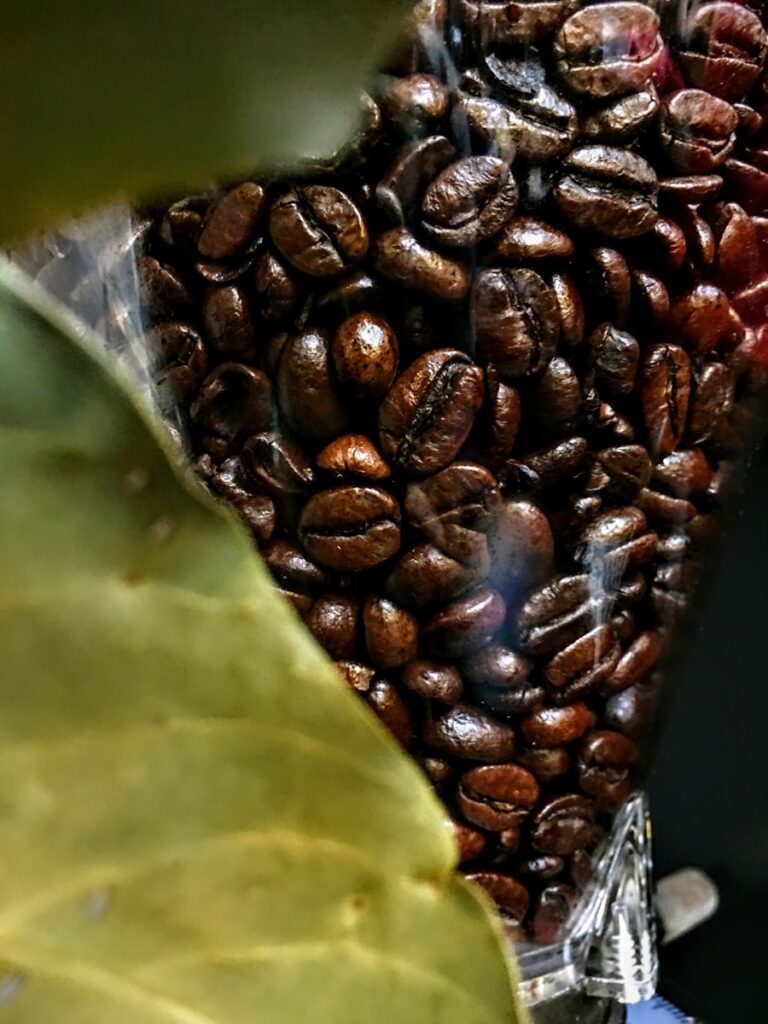
You can boost your leaf mulch by adding coffee grounds. They are rich in nitrogen, which helps plants grow strong.
Mix coffee grounds with shredded leaves in a ratio of about one part grounds to four parts leaves. This mix helps keep the mulch from clumping and improves soil health.
Coffee grounds also help keep the soil moist and protect plant roots. When spread around your plants, the mulch can reduce weeds and keep the ground temperature stable.
Use dry coffee grounds or let them dry before mixing. Wet grounds can form clumps, so mixing with shredded leaves makes it easier to use.
Layer the shredded leaves around plants as a 2-3 inch mulch
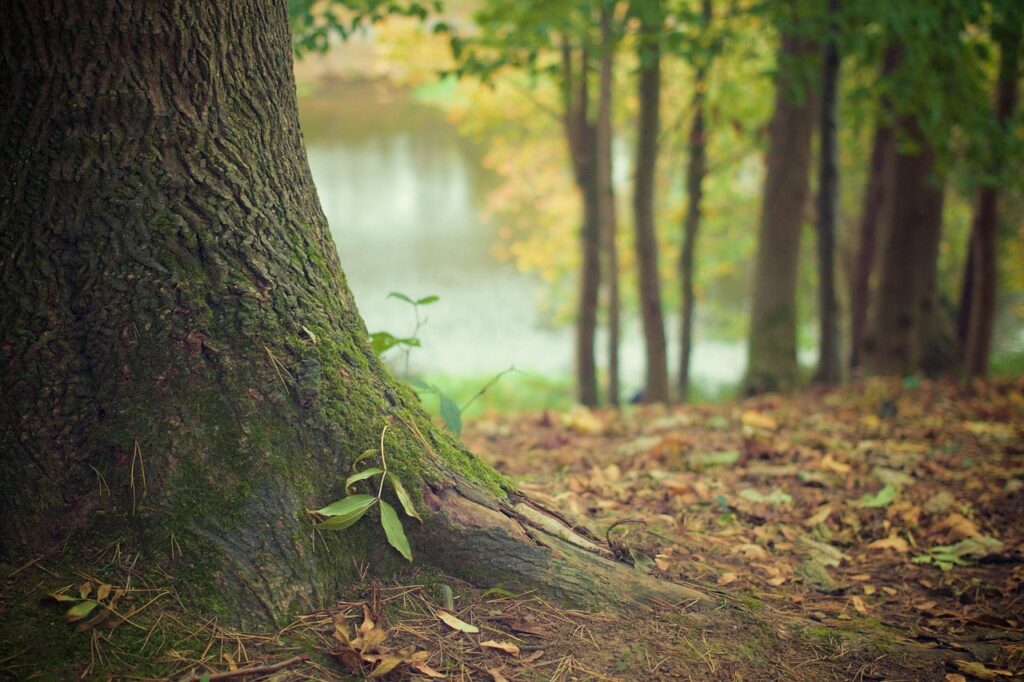
After shredding your leaves, spread them around your plants in a 2-3 inch layer. This thickness helps keep weeds down without smothering your plants.
Keep the mulch a little away from the stems and trunks. This helps prevent moisture buildup that can cause rot.
Shredded leaf mulch keeps the soil moist and cool. It also slowly adds nutrients to your garden as the leaves break down.
If you have a vegetable garden, you can gently work some shredded leaves into the soil. For flower beds, just laying the mulch on top is enough.
Water the mulch lightly to help it settle and start decomposing

After spreading your leaf mulch, give it a light watering. This helps the mulch stay in place and removes any dust that might be on the leaves.
A little moisture encourages the leaves to start breaking down. When the mulch is slightly damp, it creates a good environment for tiny organisms that help decompose the leaves.
You don’t want to soak the mulch too much because that can cause waterlogging. Watering lightly also helps the mulch form a bit of a crust, keeping it from blowing away in the wind.
If the weather stays dry, check your mulch every few days. Water it again if it feels dry to the touch.
Turn leaf piles occasionally to speed up breakdown
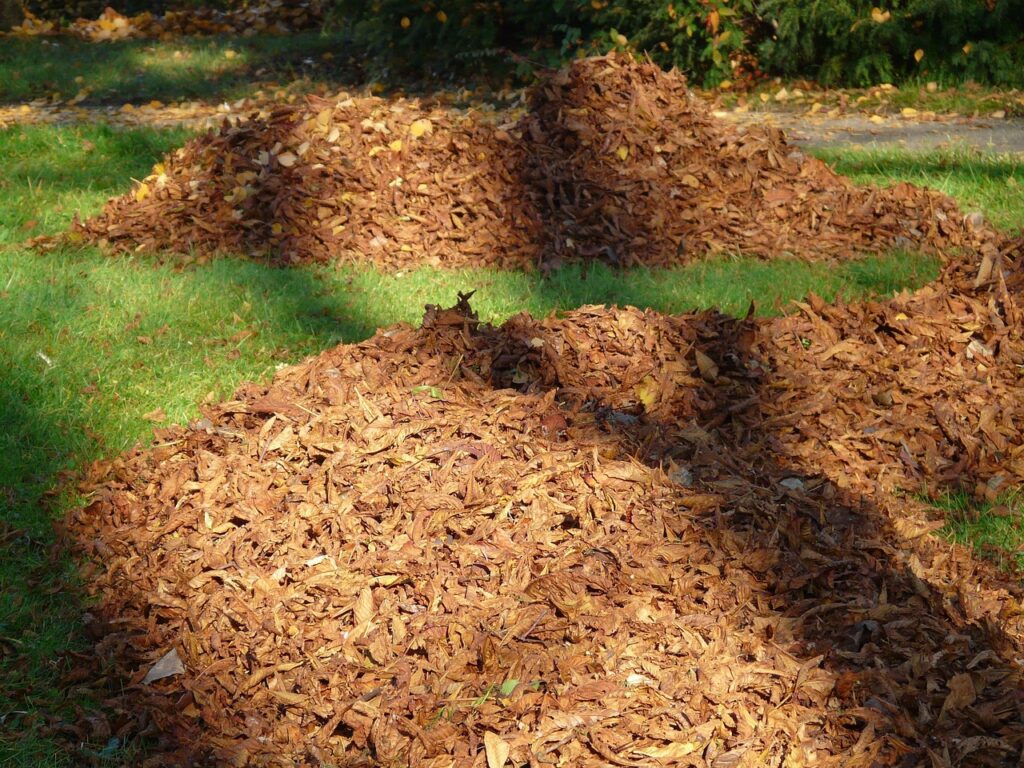
You can help your leaf mulch break down faster by turning the pile now and then. This lets air reach all parts of the pile, which helps the leaves decompose more evenly.
Use a garden fork or shovel to mix the outside leaves into the center. This also spreads moisture, which is important because dry leaves decompose slowly.
If the pile feels wet or soggy, turning it helps it dry out a bit. If it’s too dry, turning lets you add some water to keep things moist but not soaked.
Try to turn your leaf pile every few weeks during the fall and winter. This little effort makes your leaf mulch ready sooner.
Use leaf mulch to retain soil moisture during dry spells
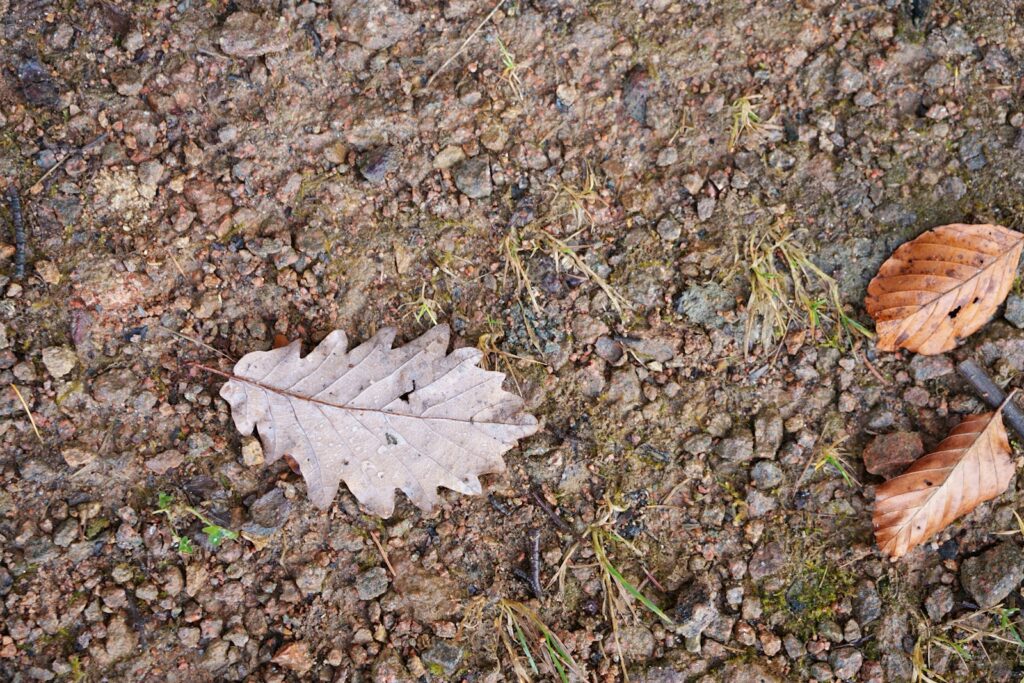
When you spread leaf mulch over your garden soil, it helps keep the moisture in the ground. This means you won’t have to water as often because the mulch slows down evaporation.
Leaf mulch creates a layer that protects your soil from drying out too fast. It also reduces runoff when it rains, so more water soaks into the soil and stays there longer.
By keeping moisture in the soil, leaf mulch helps your plants stay healthier during dry weather. You’ll notice your garden looks fresher because the soil holds water better.
Using leaf mulch is a simple way to care for your plants without extra work. It works like a natural blanket, keeping the soil cool and moist.
Add leaf mulch to vegetable beds to suppress weeds naturally
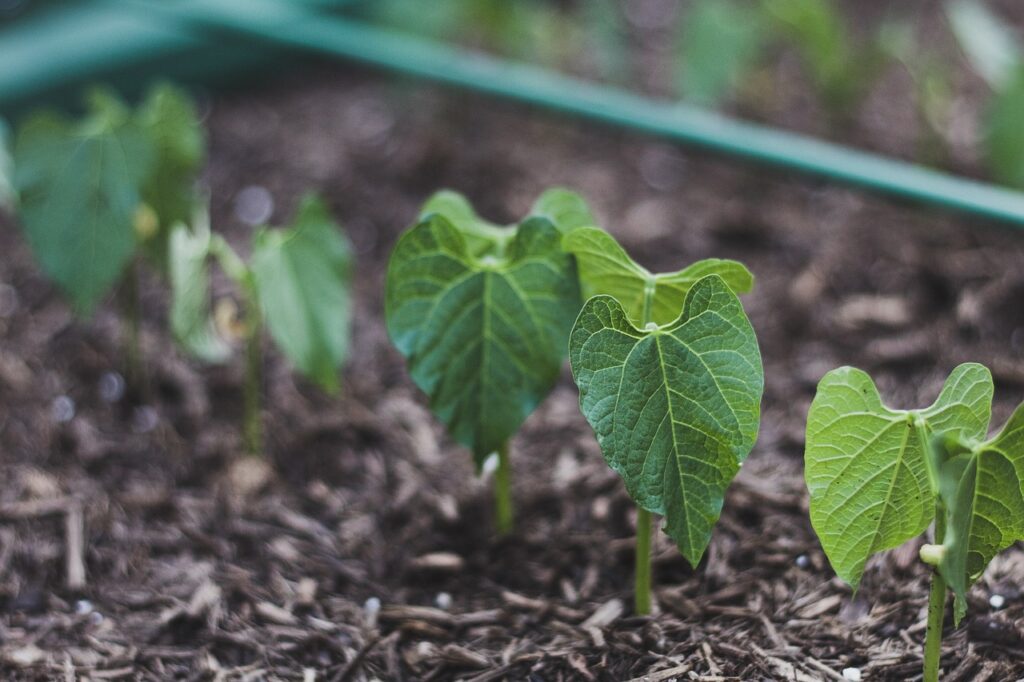
You can use leaf mulch in your vegetable beds to block weed growth without chemicals. Spread shredded leaves about 2 to 4 inches deep.
This layer helps stop weeds from getting sunlight, so they don’t grow as much. Leaf mulch also holds moisture in the soil, which means your veggies don’t dry out as quickly.
It keeps the ground cooler on hot days and warmer during cooler nights. This helps your plants stay healthy.
Do not pile leaves right against the stems of your plants. Too much moisture near the stem can cause rot, so keep a small space around your vegetables for air to flow.
Shredded leaves break down faster than whole leaves, adding nutrients to the soil over time. This natural process improves soil health without extra fertilizer.
Combine leaves with grass clippings for richer mulch

Mixing autumn leaves with fresh grass clippings creates mulch that is more balanced. Leaves add minerals while grass clippings bring nitrogen.
Grass clippings tend to be wet and rich in nitrogen. Leaves are drier and full of carbon.
Layer them alternately, starting with a layer of leaves, then grass clippings on top. Repeat until you have a pile a few inches thick.
Shredding the leaves before mixing helps keep the mulch fluffy. Fluffy mulch allows air and water to reach the soil.
Turn your mulch occasionally to speed up decomposition. This simple mix saves money and makes your garden healthier while recycling yard waste efficiently.
Create a separate leaf mold pile for a slow-release soil conditioner
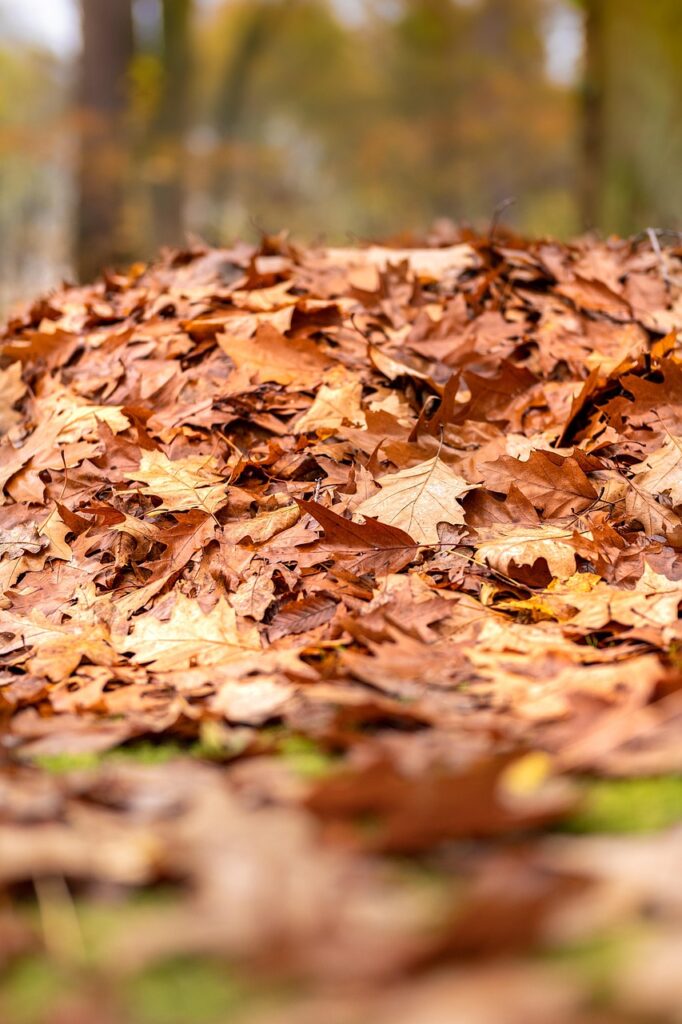
You can make leaf mold by piling up leaves in a separate spot. Just gather dry leaves and keep them in a loose pile.
Keep the pile moist, but not soaking wet. This helps the leaves break down naturally.
Leaf mold takes several months to a year to fully form. It’s different from regular compost because it breaks down only leaves.
This slow process creates a crumbly, rich soil conditioner. Once ready, leaf mold improves your soil by holding moisture and helping roots grow better.
It also helps soil breathe by improving texture. Using leaf mold in your garden adds valuable nutrients slowly over time.
Avoid compacting leaves too densely to maintain airflow
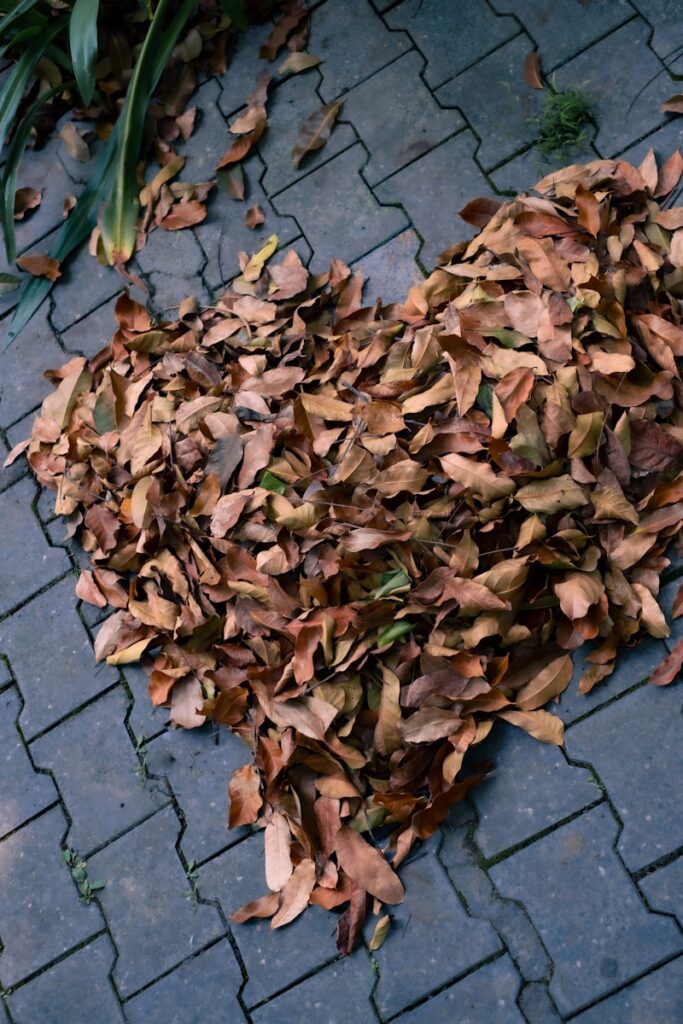
Ever notice a pile of leaves in your yard starting to smell bad? That usually happens when the leaves are packed together too tightly and air can’t get through.
Try keeping your leaf pile loose by shaking or fluffing it up every week. This simple step helps air move through the pile and speeds up how quickly the leaves break down.
If your pile feels soggy or gives off a strong odor, it’s a sign the leaves are packed too closely. Grab a pitchfork or shovel and turn the pile to help fix this problem.
Good airflow also keeps mold away and makes your pile a welcoming spot for helpful bugs. These bugs do a lot of the work turning your leaves into mulch.
Leaves need space to breathe, so avoid crushing or stomping on them when you add more to the pile. Giving them room makes all the difference for your garden.


